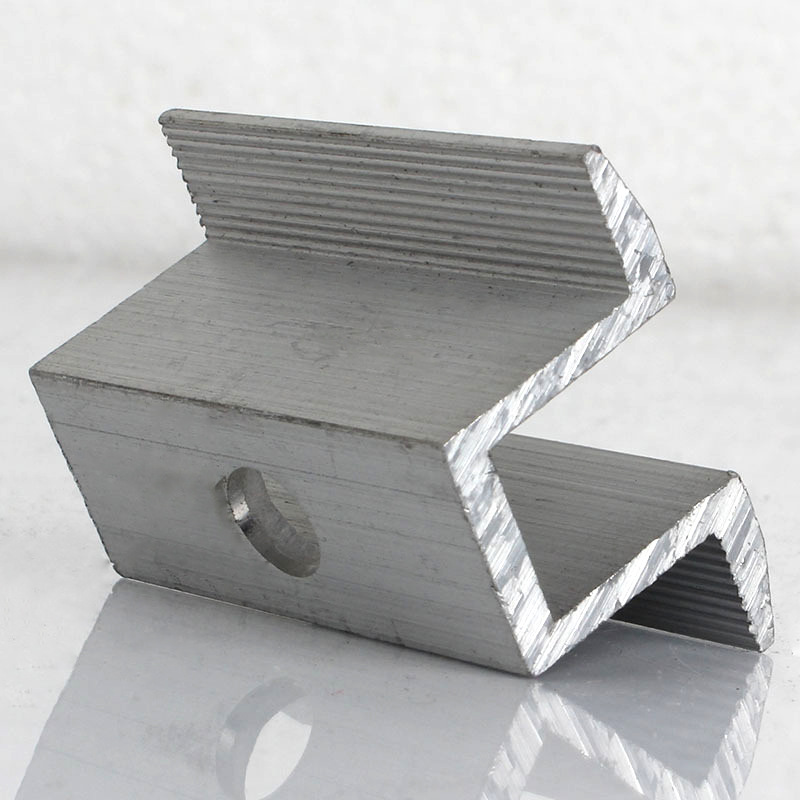

astm a 490
Dec . 18, 2024 04:07 Back to list
astm a 490
Understanding ASTM A490 Specifications and Importance in Structural Steel Bolting
In the realm of structural engineering, the integrity and safety of a building or infrastructure fundamentally depend on the materials used. One critical component that plays a vital role in joining structural elements is bolting. Among the various standards governing bolting materials, ASTM A490 stands out, especially for its application in high-strength bolting.
What is ASTM A490?
ASTM A490 is a standard specification established by ASTM International, which outlines the requirements for high-strength bolts, screws, and studs specifically made of alloy steel. These threaded fasteners are primarily designed for use in structural applications, particularly in the construction of bridges and buildings. The specification is crucial for ensuring that the bolts used can withstand rigorous conditions, including heavy loads, shear forces, and various environmental factors.
Material Properties
The A490 specification calls for high-strength bolts made from heat-treated alloy steel, providing superior tensile strength and toughness. The required mechanical properties include a minimum yield strength of 130 ksi (895 MPa) and a minimum tensile strength of 150 ksi (1034 MPa). These robust characteristics make ASTM A490 bolts suitable for applications where high strength and durability are mandatory.
Heat Treatment
One of the defining aspects of ASTM A490 bolts is the heat treatment process that they undergo. This process enhances the mechanical properties of the bolts, allowing them to achieve the high strength required for demanding applications. Heat treatment typically involves quenching and tempering, which not only improve strength but also enhance ductility and resistance to wear and fatigue.
Applications
astm a 490

ASTM A490 bolts are predominantly utilized in structural steel connections, particularly in high-rise buildings and large scale infrastructures such as bridges. Their exceptional strength makes them ideal for situations where traditional bolts might not suffice. For instance, in the construction of a bridge, the bolts need to resist enormous forces due to the weight of the traffic, environmental loads, and dynamic effects. Thus, employing A490 bolts provides confidence that the structural integrity is maintained.
Installation and Performance
Proper installation of ASTM A490 bolts is crucial. The standard specifies various aspects, such as dimensional tolerances and thread characteristics, ensuring that bolts fit securely in joints. Additionally, due consideration must be given to pre-tensioning methods during installation. The bolts are required to be tensioned to yield strength levels that ensure the joints remain tight under service loads. This eliminates the possibility of joint failure due to slippage or loosening over time.
Corrosion Resistance
While ASTM A490 does not inherently provide corrosion resistance, it allows for various coatings to enhance the bolts' longevity. Common coatings include thermal zinc or hot-dip galvanizing. These protective layers help prevent rust and degradation, particularly in harsh environmental conditions, thereby prolonging the usable life of the bolted connections.
Compliance and Quality Assurance
Compliance with ASTM A490 is fundamental for any construction project. Material testing and certification are required to verify that the bolts meet established specifications. Manufacturers must adhere to stringent quality control processes, ensuring that each batch of bolts can withstand the defined mechanical properties. Furthermore, regular inspections during and after construction help in ensuring that the structural integrity is maintained, safeguarding against failures that could lead to catastrophic consequences.
Conclusion
In conclusion, ASTM A490 is a vital standard in the field of structural engineering, providing guidelines for the production and application of high-strength bolts. Its stringent requirements for material properties, heat treatment, and installation practices ensure the safety and reliability of critical infrastructures. Understanding and adhering to ASTM A490 is essential for engineers and construction professionals as they design and construct safe, durable buildings and bridges that withstand the test of time and demanding conditions. The utilization of A490 bolts not only enhances structural integrity but also instills confidence in the safety and longevity of engineering projects.
Latest news
-
High-Strength Hot-Dip Galvanized Bolts-Hebei Longze|Corrosion Resistance&High Strength
NewsJul.30,2025
-
Hot Dip Galvanized Bolts-Hebei Longze|Corrosion Resistance&High Strength
NewsJul.30,2025
-
Hot Dip Galvanized Bolts - Hebei Longze | Corrosion Resistance, High Strength
NewsJul.30,2025
-
High-Strength Hot Dip Galvanized Bolts-Hebei Longze|Corrosion Resistance, Grade 8.8
NewsJul.30,2025
-
Hot Dip Galvanized Bolts-Hebei Longze|Corrosion Resistance,High Strength
NewsJul.29,2025
-
High-Strength Hot Dip Galvanized Bolts - Hebei Longze Metal Products Manufacturing Co., Ltd.|corrosion resistance&high strength
NewsJul.29,2025

